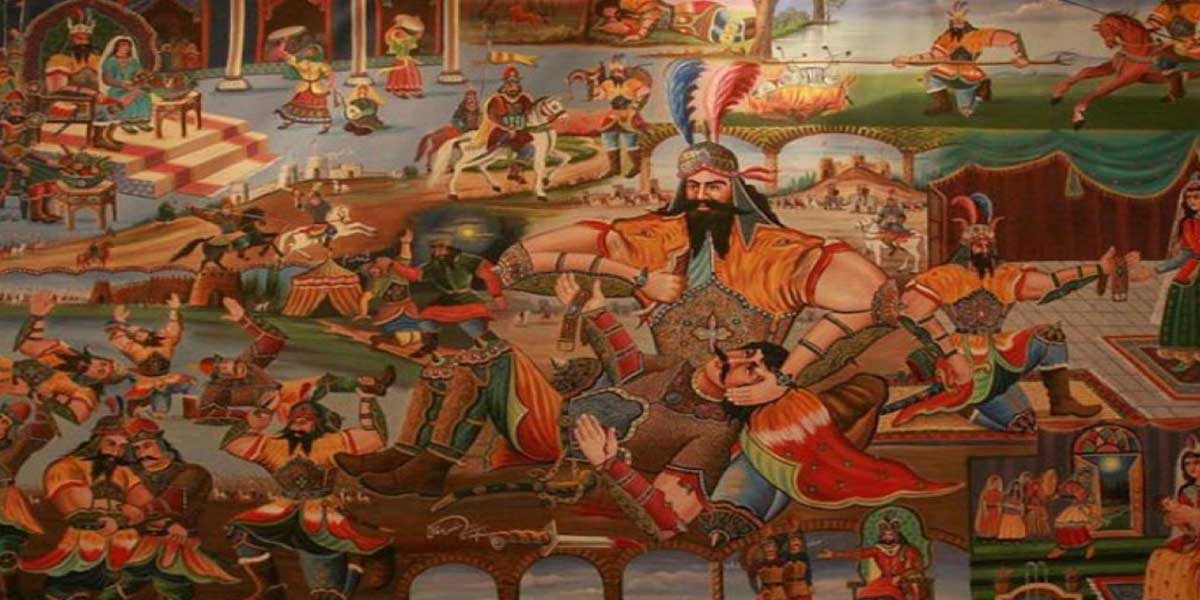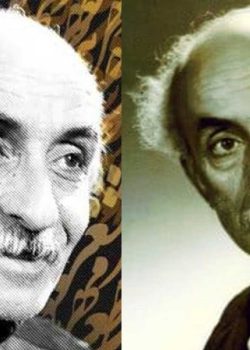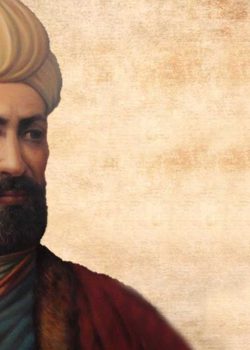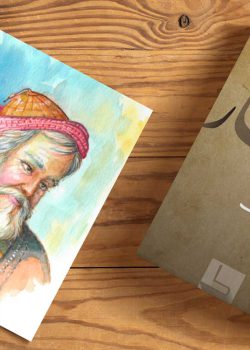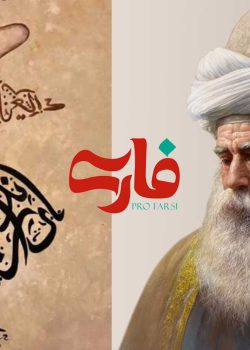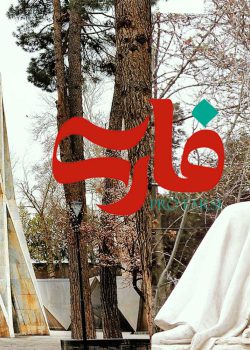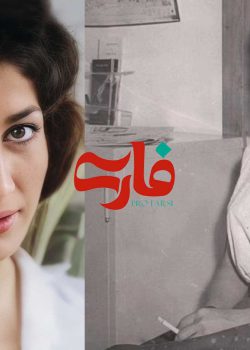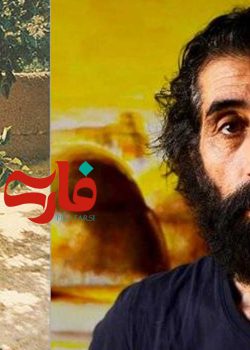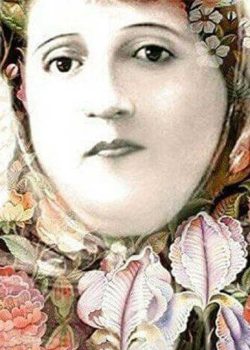Ferdowsi’s Shahnameh
Shahnameh, written by Ferdowsi, is one of the most valuable masterpieces of classical Persian Literature. Ferdowsi spent 30 years writing this magnificent book. It consists of so many beautiful stories and fascinating characters that you can’t forget easily once you learn about them. These diverse characters have been portrayed so wonderfully that, to this day, Iranians remember their names and origins. Their stories have been passed down from generation to generation, and regardless of age, every Iranian loves to hear about the heroes and monsters of Shahnameh. This is only possible because Ferdowsi’s characterization is so immaculate and artistic that each story leaves a lasting imprint on you.
Shahnameh has various stories and, as a result, a long list of characters. Going through the whole list of characters will take more than just one article. Hence, the following list consists of the most notable characters of Shahnameh and a small background story. Read on to learn more about these characters.

Rostam
The most notable hero of Shahnameh is Rostam. He appears in many stories, and his reputation goes beyond his name. He is the son of Zal and Rudabeh (both mentioned in this list) and possesses unparalleled strength and fighting skills. The mightiest hero of Shahnameh is most famous for his Seven Labors or Haft Khan. When Kay Kavus’s expedition to Mazandaran failed, the army was captured by Divs. Rostam saw it upon himself to set the army free. That’s why he undertook the Seven Labors:
- 1st labor: The Lion
- 2nd labor: The Thirst
- 3rd labor: The Dragon
- 4th labor: The Temptress
- 5th labor: The Demons (Divs)
- 6th labor: Rescue the King
- 7th labor: White Demon (Div)
Rostam’s Seven Labors reminds us of the story of Hercules and the labors he had to overcome in Greek mythology. The reason is that there is a great similarity between the two stories. One of the most famous animals in Shahnameh is Rostam’s white horse, Rakhsh. It was the only horse that was able to carry Rostam and his weapon. Rostam had a long, fruitful life, and people have told stories of his bravery for centuries.
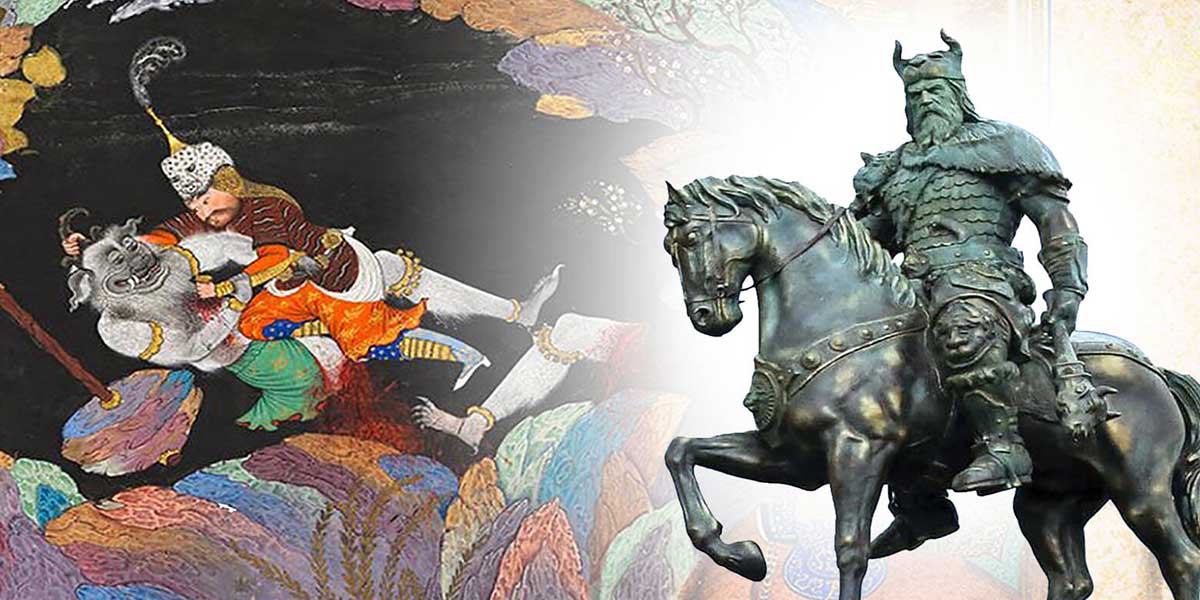
Sohrab
One of the most tragic stories of Shahnameh belongs to Sohrab. He was the son of Rostam and Tahminah, the daughter of the king of the Kingdom of Samangan. The story begins when Rostam enters the kingdom of Samangan to find his horse, Rakhsh. There, he meets Princess Tahmina and falls in love with her. After a while, Rakhsh returns, and it is time for Rostam to depart. He gives Tahmina a special token. Tahmina is supposed to give the token to her son or daughter should she get pregnant. This way, Rostam can recognize his own offspring. Nine months later, Sohrab is born. He grows up to become one of the greatest fighters in Turan’s army.
Years later, the war broke out between Turan and Zabulistan. Without knowing that Sohrab is his son, Rostam faces Sohrab in a one-on-one fight. After two long fights, Rostam breaks Sohrab’s back and stabs him. On the verge of death, Sohrab warns Rostam that his father is the greatest warrior in the world and he will avenge his death. When Rostam asks for his father’s name, Sohrab shows the token to Rostam and says his name. It is at this moment that he realizes he has killed his own boy. This story forever remains one of the saddest ones in Persian Literature. Matthew Arnold, the English poet, wrote a poem about this particular story, describing the incident. The title of this poem is “Sohrab and Rustam,” and it is written in the grandeur and rapidity of Homer’s style.
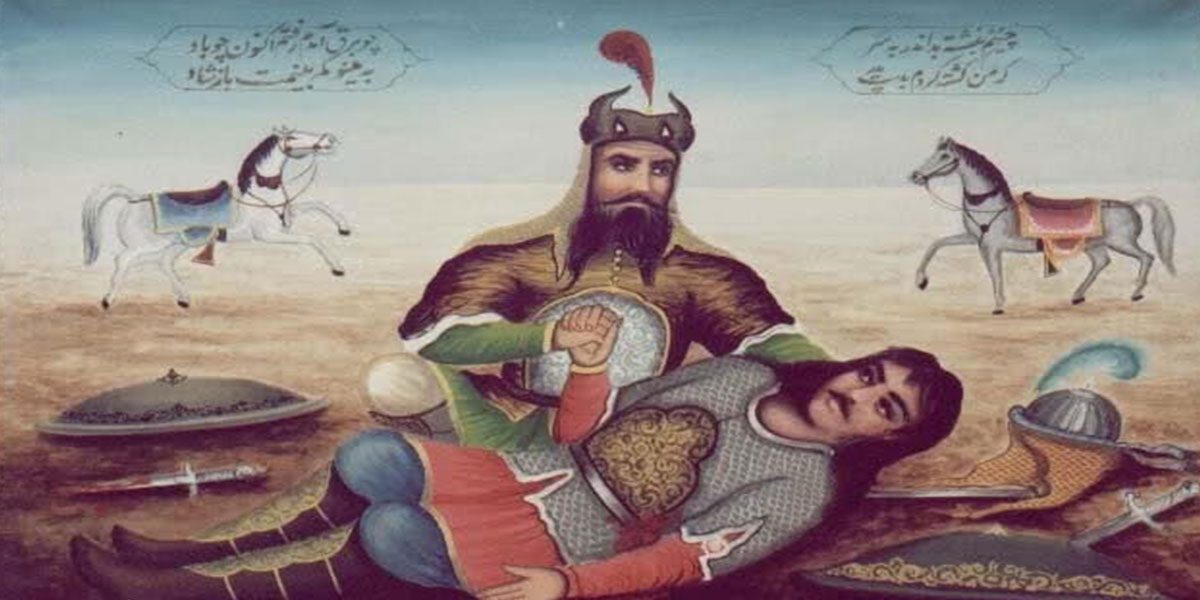
Esfandiar
Esfandiar is another legendary hero of Shahnameh. He was the crown prince and the primary and divine defender of Zartosht. Zartosht blessed Esfandiar with divine gifts, an armor that makes him invulnerable, and the ability to bind the enemy so that no one could escape him. His invulnerability is truly a unique attribute, as it is impossible to harm him. Interestingly enough, we have seen this invulnerability attribute in other stories, such as the story of Achilles in Greek Mythology (Achilles’ mother dipped him in the River Styx, making his entire body invulnerable except for the part of his foot where she held him) and Siegfried in Germanic legends (he allegedly killed a dragon and bathed in its magic blood which made him invincible).
Zartosht also declared that whoever spills the blood of Esfandiar shall suffer a cursed life and a sea of misfortunes.
Just like Rostam, Esfandiar also had to go through seven labors to free his sisters and the crown from the king of Turan, Arjasb. The labors include:
- Slaying two wolves
- Slaying two man-eating lions
Slaying a dragon - Killing a wicked enchantress
- Fighting and killing Simurgh and its two offspring
- Braving a storm for three days
- Crossing a desert
Esfandiar finished the labors and saved his sisters and the crown. However, despite his strong promises, Goshtasp, Esfandiar’s father, refused to give him the crown. He urges Esfandiar to bring Rostam to him in chains. At first, he declined, but then he complied anyway. However, Rostam did not accept this, and they eventually started a one-on-one battle. Since Esfandiar was invulnerable, Rostam had to ask Simurgh (the mythical bird) for help. Simurgh warned Rostam that whoever kills Esfandiar shall suffer misfortunes. Upon his resistance, Simurgh let Rostam know that Esfandiar’s weakness was his eyes. So, Rostam blinded Esfandiar by shooting arrows. Before his death, Esfandiar told Rostam that he shouldn’t blame himself for it was really his father, Goshtasp, who was at fault.
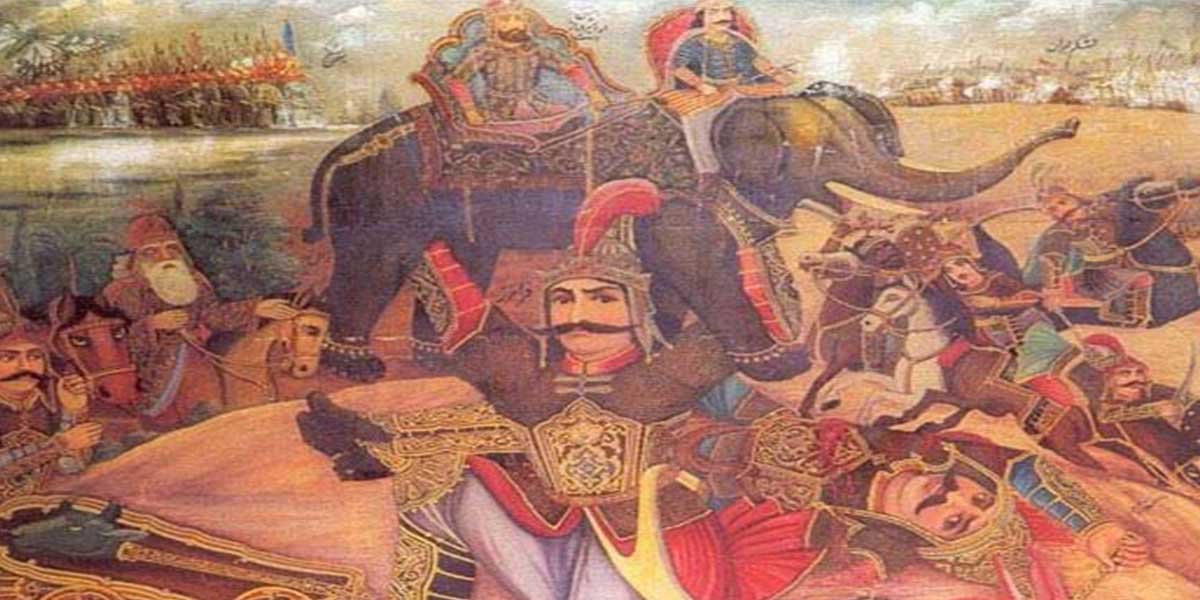
Simurgh
Simurgh is a legendary creature in the Persian mythology. It has also made an appearance in the Shahnameh. This bird is very strong and magical. The name “Simurgh” in Persian suggests that the creature is as big as thirty birds combined. The legend says that this bird is so old that it has seen the destruction of the world three times. Because it has witnessed so much in the world, Simurgh possesses the knowledge of all ages. In Shahnameh, Simurgh takes care of Zal and gives him three feathers to use in troubled times. During the labors of Esfandiar, he comes across Simurgh, and after a prolonged fight, he decapitates Simurgh and her offspring. Simurgh resembles the magical bird Phoenix. This magical bird obtains new life by rising from the ashes of its predecessors. You can see many adaptations of these magical birds in Western stories, such as Harry Potter and The Lord of the Rings.
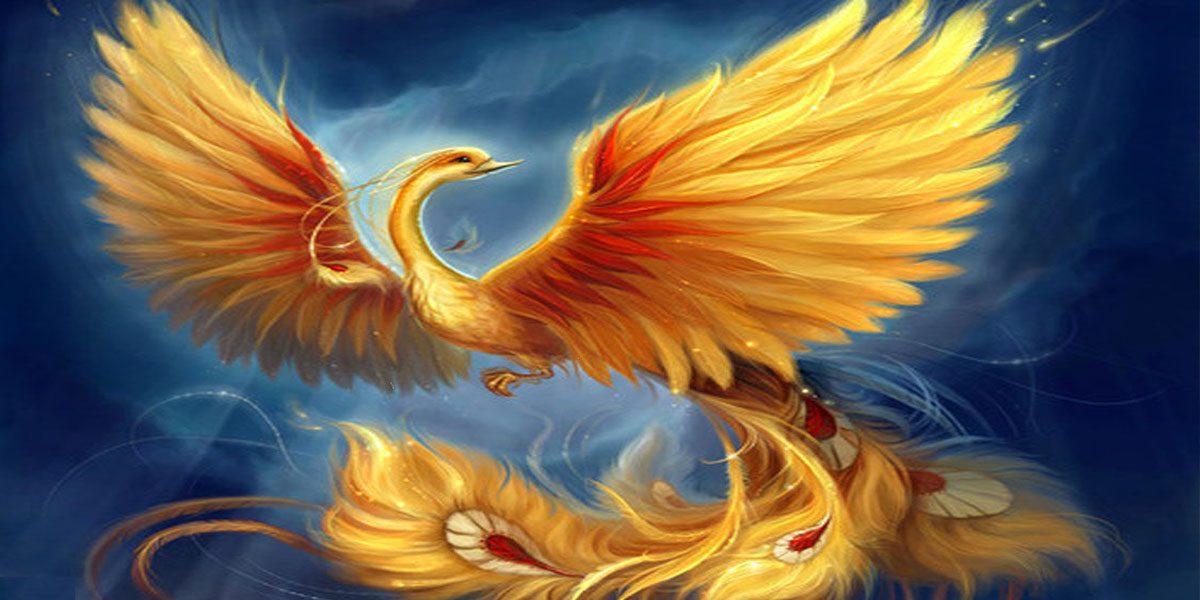
Zal
The Pince Zal was the son of King Saam, who was born albino. Due to the whiteness of his skin and hair, King Saam assumed that his boy was a misfortune bearer and the spawn of the devils. Therefore, he abandoned his infant son on the mountain of Alborz. Little did he know that Simurgh lived at the mountaintop. Hearing the cries of the infant, the Simurgh appeared. She raised Zal as one of her own children. He grows up learning wisdom from Simurgh, who has the knowledge of all times. When Zal became a grown man, he yearned to join the world of men. Simurgh was upset to hear the news. She gave three golden feathers to Zal to burn whenever he required assistance.
When Zal returned to his kingdom, he fell in love with Rudabeh. Later on, she got pregnant with his boy. When she went into labor, Zal knew that he needed Simurgh’s help as the labor was prolonged and terrible. Hence, he burned one of SImurgh’s feathers and appeared to help with the process. That day was when Rostam, Zal’s son, was born.
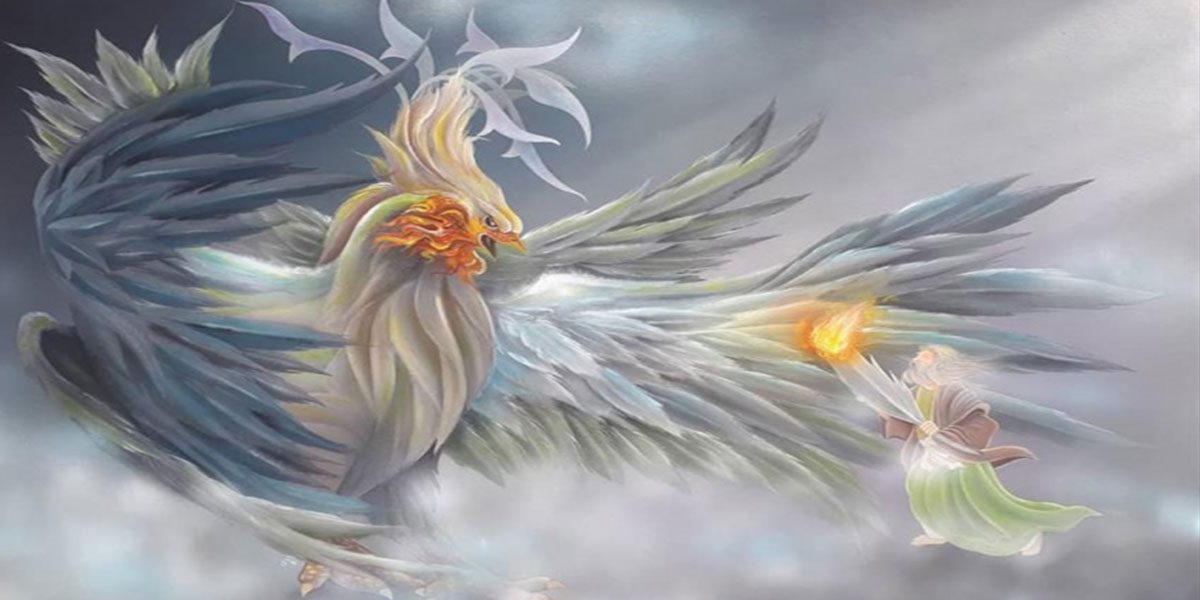
Rudabeh
Rudabeh is one of the most beautiful female characters in the Shahnameh’s stories. Her physical beauty was unparalleled. So much so that the first time Zal looks upon her, he falls in love immediately. She had extremely long, musky hair, beautiful cherry lips, and a well-shaped figure. As mentioned, Zal and Rudabeh fell in love and married in Kabul. Later, she becomes the mother of Rostam, the mightiest hero of Iran.
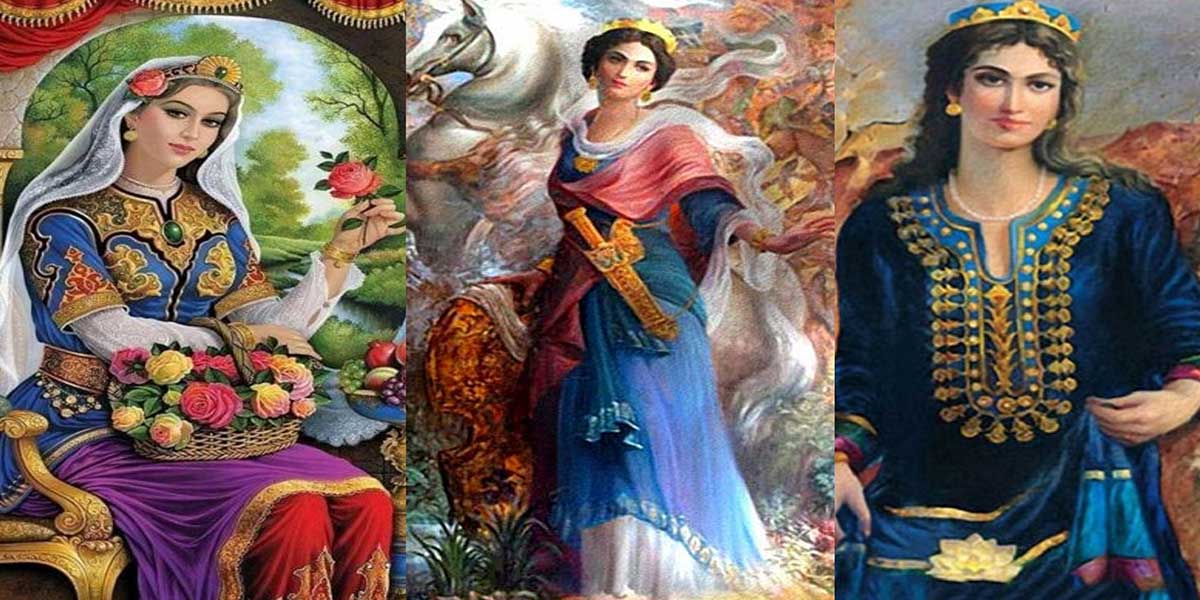
Siavash
Siavash was a prince, a very handsome and desirable person. His name in Persian means “the one with the black horse.” His father, Kay Kavus, who was then the ruler, had a beautiful wife, Sudabeh. Being his stepmother, Sudabeh began a burning lust for Siavash and, as a result, made a lot of advances at him to tempt him into submission. However, Siavash was pure and chaste and refused Sudabeh every time. Being denied every time made Sudabeh filled with fury. She faked a rape and abortion scene and blamed Siavash for them.
Siavash was forced to ride through a colossal mountain of fire to prove his innocence. It was believed that only the pure and innocent survived the fire. Siavash rode in the middle of the fire without an ounce of doubt and came out unharmed. Although proven innocent, the king refused to punish his wife, whom he loved profoundly. Eventually, he grew cold toward Siavash.
Consequently, he was forced into exile. Siavash went to Turan, which Afrasiab ruled at the time. The tyrannical king murdered Siavash in cold blood. His wife, Farangis, who was the daughter of Afrasiab, managed to escape to Iran, probably because Turan was her birthplace. Later, Siavash’s son, Kay Khosro, became the king of Iran and took his father’s revenge on Afrasiab (his blood grandfather).

Zahaak
Zahaak was born the son of the ruler Merdas. He grew up to become a handsome man easily influenced by his companions. Ahriman chose him as a tool to bring chaos and disorder. Thus, he appeared to him as one of his counselors and convinced him to murder his father and inherit the kingdom. After killing Merdas and becoming king, Ahriman appeared before him as a cook and presented delicious meals made of meat to Zahak. Influenced by meat (Since before, the cuisine was only vegetarian), Zahak was willing to bestow any wishes that the cook had. The cook, who was actually the Ahrimanm, requested to kiss Zahak’s shoulders. From the Ahriman’s kisses grew two snakes on Zahak’s shoulders.
No doctor in the kingdom could surgically remove the snake. Then, Ahriman appeared to Zahak as a doctor and told him that feeding them a stew made out of two human brains daily was the only way to ease the snakes’ appetite. As a result, Zahak killed a significant number of people and became one of the most terrifying villains of Shahnameh.
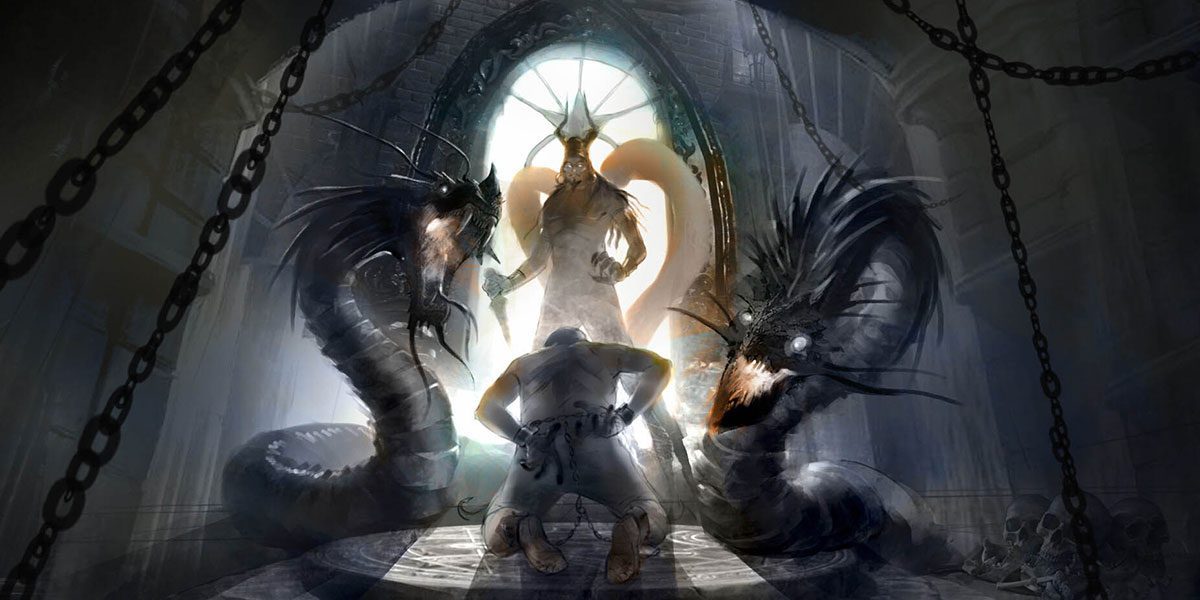
Kaveh
Kaveh, the blacksmith, is one of the most heroic characters in Shahnameh. After losing his two sons to the Zahak’s insatiable snakes, Kaveh launched a national uprising against the tyrant king, gathered people together, and went to the Alborz mountain in Damavand to find Freydun. With Freydun’s leadership, they arrest Zahak and end his tyranny. Kaveh is the symbol of resistance against evil in Shahnameh.
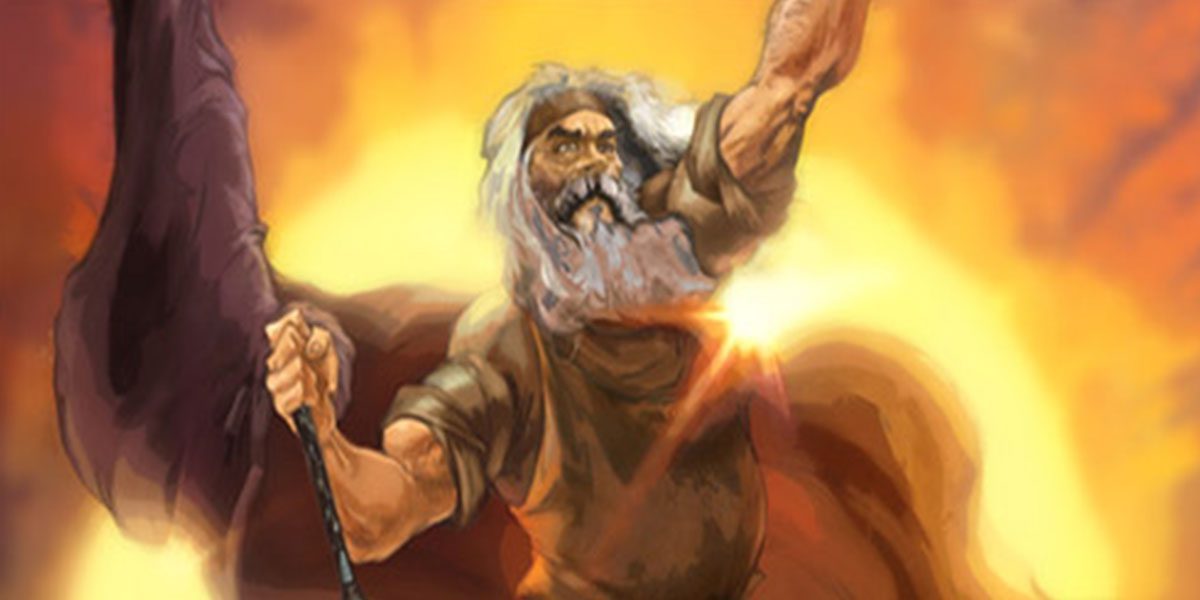
Final Word
Ferdowsi’s Shahnameh is filled with so many wondrous characters. The characters mentioned here are among the most notable, but they’re not limited to them. Shahanemeh is most definitely one of the most influential classical literature books, with gorgeous didactic stories. The stories are super engaging and indeed tangled with Iranian culture. For instance, the Mehregan celebration originated from Freydune’s victory against Zahak. You can find so many examples in Iranina’s culture that Shahnameh’s stories have influenced.
Read More:
Related Posts

